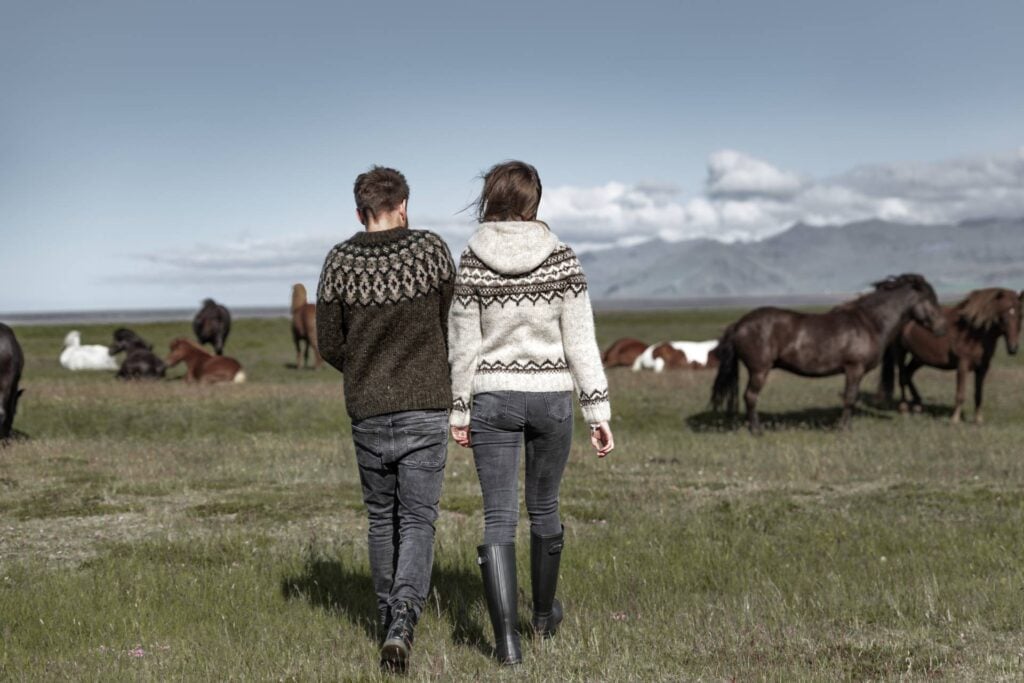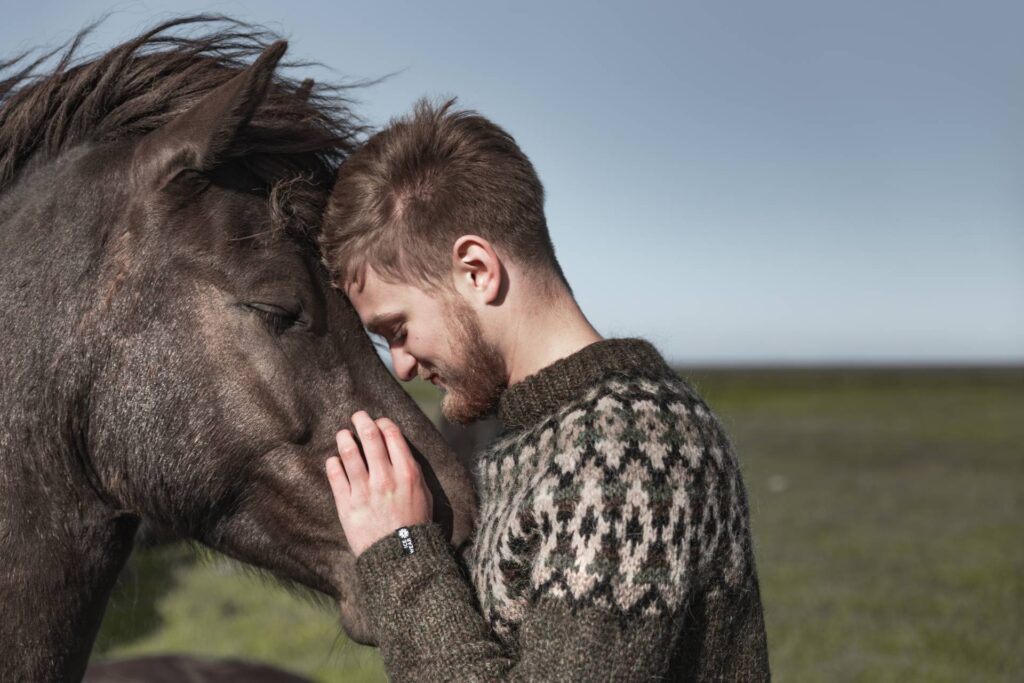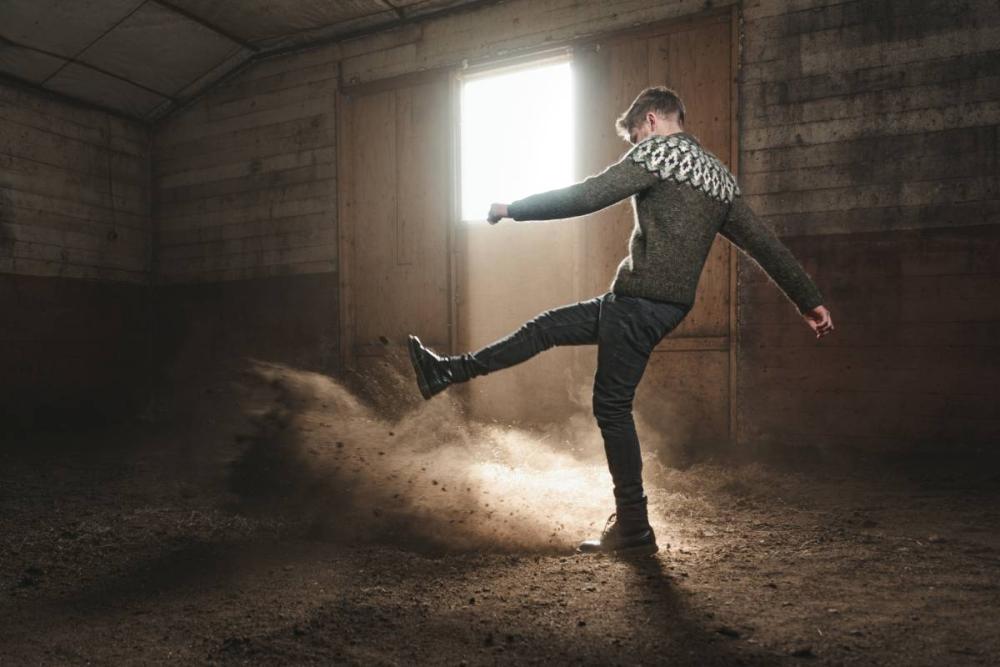The Icelandic holiday -Bóndadagur is a day devoted to celebrate and pamper your loving spouse. The traditions around this holiday have certainly changed since Norse settlers arrived to the country. With time this holiday has evolved and continues to be a favorite among locals.
Keep reading to learn about the origins and traditions of Bóndadagur, plus what you can expect for celebrations this year!
Wool clothing and the History of Bóndadagur
Bóndadagur, often translated as “Husband’s day” or Husband Appreciation day in English, is also the first day of Þorri (one of the twelve months of the old Icelandic calendar). It’s been celebrated for centuries with a traditional feast called Þorrablót, but we’ll get to that in a moment.
The name Bóndadagur, incidentally, comes from the word “Bóndi” means farmer. As a result, the holiday has also been translated as “Farmer’s Day”.
The month of Þorri is also one of the coldest and harshest of winter. Icelandic wool has been worn for centuries by locals year-round to brave the elements, and many of the traditional clothing worn on Bóndadagur include some of the warmest wool garments for the worst of winter days.
Curiously, one Bóndadagur tradition contradicts this—or, perhaps, merely showcases the “toughness” that Icelandic men were traditionally perceived to bring to the house. On Bóndadagur, the tradition goes that the man has to “greet” the month of Þorri dressed in just one leg of his pants and a shirt as he hops through the house on one foot, dragging the stray leg of his pants behind him. Once that shenanigan has been taken care of, everyone’s attention turns to the upcoming feast!

Traditional Icelandic clothing on Þorrablót (Traditional Food Festival)
The month of Þorri is also the time for Þorrablót, a traditional feast and midwinter celebration. This month of the traditional calendar is so inundated with winter traditions, in fact, that it’s often depicted in literature as the very personification of winter, usually a harsh but noble Viking warrior.
The food served at Þorrablót is hard to palette for some visitors to the country, but this feast is so steeped in tradition for locals that fun is had by all—no matter the appearance of many dishes on the platters.
Some of the traditional food of Þorrablót includes: smoked, pickled or salted and dried meats (like lamb’s head); Hangikjöt (hanged meat); Hrútspungar (ram testicles); Slátur of blóðmör (blood sausage); Rye bread; and Dried fish.
This traditional menu reflects some of the most tried-and-true methods of food conservation, which of course is a staple of making it through an Icelandic winter.
Bóndadagur and the feast of Þorrablót are always celebrated on a Friday in the 13th week of winter. In 2021, this falls on Friday, January 22nd.
Bóndadagur 2021
Nowadays, these traditions are seen as a fun occasion to celebrate Icelandic history and culture. Not all modern families have a “man of the house,” and not many men today would consider themselves the “masters of the house.” Nonetheless, people come together to pamper all the husbands, boyfriends and fathers they love, all while decked out in traditional “lopapeysa” sweaters and ready for a good time.
Þorrablóts are still the most popular way to celebrate Bóndadagur, and for many younger generations it’s the only time of year they consume such traditional Icelandic winter food. Yet, here we are at the start of 2021, rolling in on the heels of a year with less celebration than before.

Ladies, get ready!
The first day of the next month (called Góa) in the traditional Icelandic calendar is the celebration of Konudagur, or “Women’s Day.” This will be your opportunity to reciprocate all the feasting and pampering of Bóndadagur with the wives, girlfriends and mothers in your life, too!












